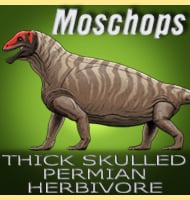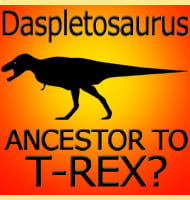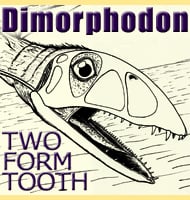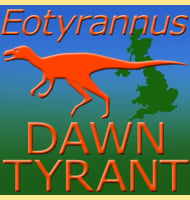In Depth
Shri is a genus of dromaeosaurid dinosaur that lived in Asia during the late Cretaceous. The holotype specimen of Shri was originally thought to belong to the Velociraptor genus, but later study has revealed that the fourth trochanter (a bulbous bone growth near the hip joint of the femur that served as a point of muscle attachment) is more weakly developed that those seen in other specimens of Velociraptor. With this observation leading to other differences in various bones being identified, the fossils were renamed as their own genus in 2021.
Shri is thought to represent a velociraptorine dromaeosaur, meaning that while distinct from Velociraptor on a genus level, Shri would have still at a glance had a similar build and body shape. Shri would have been a lightly built predatory dinosaur, relying upon speed and agility survival.
Further Reading
- A New Dromaeosaurid from the Late Cretaceous Khulsan Locality of Mongolia. - American Museum Novitates. 2020 (3965): 1–48. - Alan H. Turner, Shaena Montanari & Mark A. Norell - 2021.









